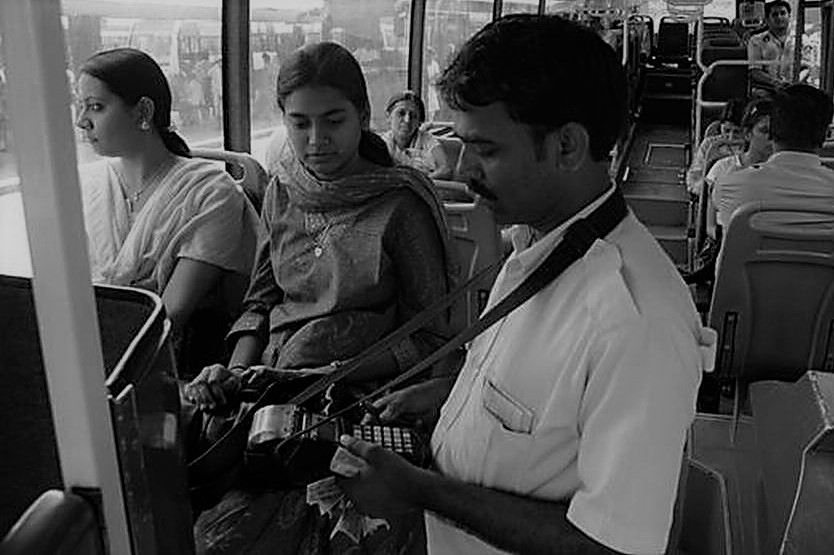Last month I wrote on how we needed to look at changing our ways of transacting in order to reduce the risk of contamination using physical currency. One of the points I had made was to target the transit sector in order to get people opt for cashless transit.
Many of of us expected the 2016 demonetisation to be the catalyst for a shift to cashless methods of travel, sadly it did not take off well. A year later, the situation was no different in adoption of digital payment systems in public transport.
In September 2018, the Central government finally announced the launch of the ‘One Nation, One Transport Card’, a rebadged version of the previous government’s long-dead More Card project. The National Common Mobility Card (NCMC), was finally launched on 5 March 2019 (also my birthday) but is still being rolled out and as of now is only available on the Delhi Metro.
Older readers of BESTpedia would remember that I had spoken to BMTC officials in 2016 on their Intelligent Transport System (ITS) and the impending release of a prepaid card for buses (similar to what Mumbai’s BEST has). While the smart cards were never a part of the ITS, they were due to be released by the end of 2016 but that did not happen.
The Times of India on 27 May reported that BMTC would implement a new measure to enable cashless transit in its buses. While initially implemented on 70 buses, it is now being expanded to 1,000 buses of the 3,500 buses that are currently on the streets.
The cashless ticketing system, however is not what most of us expected.
Each bus is equipped with a quick response code (QR Code) that is compliant with BharatQR and uses the Unified Payments Interface (UPI) to make payments. Passengers can use any UPI-based app such as Paytm, Google Pay, or PhonePe to complete the transaction and once the transaction is done, the conductor issues a ticket.
Here is an image of the conductor with the QR Code handing around his neck.
It is important to note here that the QR code based payment isn’t direct cashless ticketing, but rather a cashless transaction after which the ticket is issued manually. It isn’t similar to the QR code based ticketing used by the Indian Railways using the UTS app, or by Metro Rail systems in India. The latter uses QR codes on phone screens or paper tickets that are scanned at the turnstiles rather than the commuter scanning them with their phones.
While this is a good move in the interim, it would be good to see BMTC implement a full-fledged card-based payment system, on the lines of the NCMC.
The unintended side-effects of this move
The QR code idea, however has its merits. The direct consequence would be more people adopting UPI as a payment method over physical cash systems. Commuters using UPI would mean that anyone remotely connected to the BMTC network –from a food vendor at the bus station to a tea stall frequented by staff – would start accepting UPI as a payment method. The entire “Local Economy” would end up making use of it over time.
All in all, this is a much-needed push by BMTC. The next stop would be a complete integration on to the NCMC so that we can go truly cashless. Who knows, the next big thing may be transcos accepting USSD-based payments as well. Alternatively, BMTC needs to push for app-based payments, similar to what Ridlr offers for BEST where a user purchases a ticket with the app which in turn generates a four to six digit number. The commuter tells the number to the conductor, who validates it with the ETM.
BMTC finally goes cashless, and how.
If you liked this article, please do consider supporting me on Patreon. A small amount would do.
Become a Patron! ![]()


Conductor having to wait till the code is scanned and payment is completed is not ideal during rush hours.
I hope along with NCMC, a virtual version of NCMC be launched too, similar to how ridlr app works but valid across the country. And as I have said before, USSD ticketing is great option too.
True. Also it is a bigger issue if the user’s phone camera is damaged and is unable to scan the code properly.
The use of QR codes can be advantageous for businesses. Thank you for highlighting the most creative applications of QR codes. It’s brilliant to use UPI based QR codes for transactions!